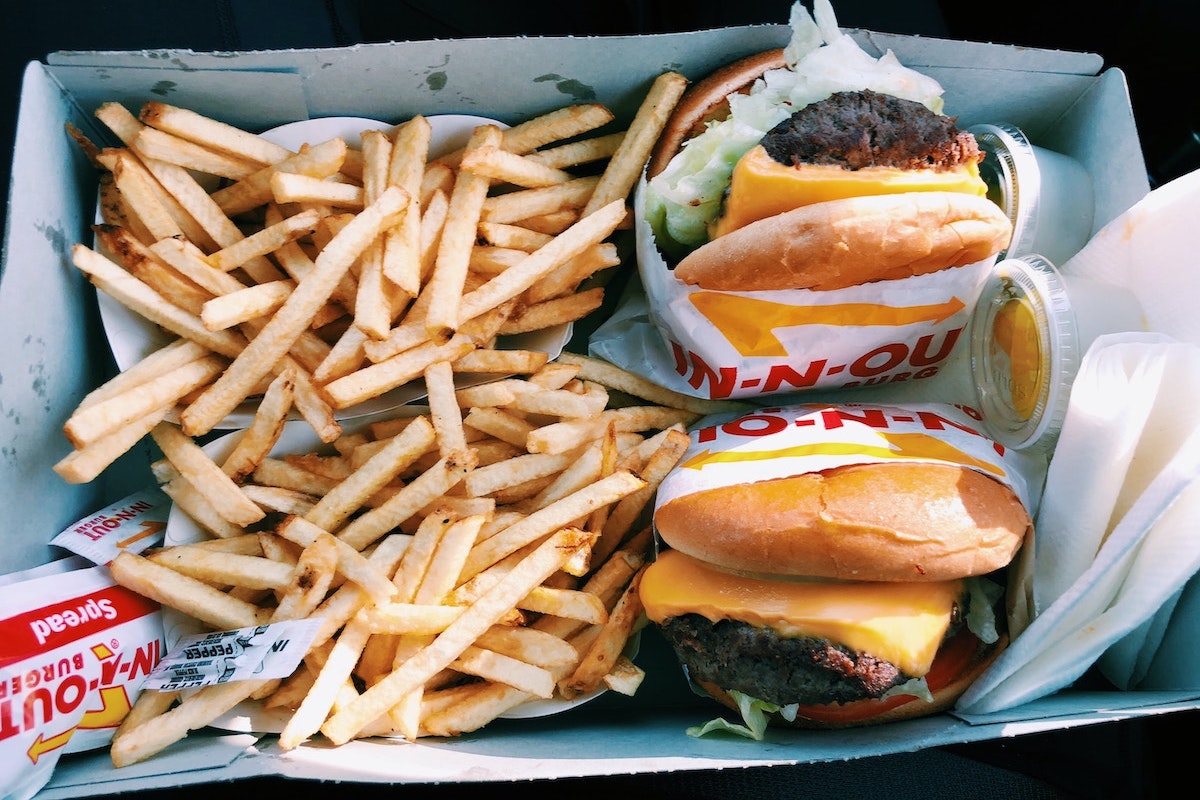Nutritionist-backed tips on how to limit unhealthy snacking
With social distancing and quarantine measures forcing much of the world to stay at home, many are worried that the stress, combined with a more sedentary lifestyle, could result in unhealthy weight gain.
In fact, according to Flawless.org, there has been an enormous surge in Google searches for terms relating to weight loss and food:
- +190% increase in searches for ‘weight loss friendly foods’
- +80% increases in searches for ‘low calorie meals’
- +80% increases in searches related to ‘foods to avoid when trying to lose weight’
- +110% increases in searches related to ‘healthy snacks’
- +70% increases in searches related to ‘how to stop snacking at night’
If your quarantine menu has heavily featured comfort foods like ice cream, chips, chocolate (thanks Easter) and only a few veggies here and there, there are some easy healthy swaps you can make.

"We’re seeing many people reporting boredom-eating during the lockdown. But overeating is risky. Good nutrition is needed more than ever as our immune system may need to fight back," Alex Ruani, UCL Doctoral Researcher and Chief Science Educator at The Health Sciences Academy, told Flawless.org.
"The worst foods to snack on are those which provide empty calories. That is, foods that are micronutrient-poor and very low in essential vitamins and minerals – usually sugary and processed fatty foods like cakes, biscuits, crisps, milk chocolate, ice cream and pastries."
Curb your cravings with these foods:
- Foods with a high-water content are more filling as they delay gastric emptying. For example, water-rich fruits and vegetables like strawberries, cucumber, peaches, lettuce, zucchini, celery and melons; low-salt broth soup; homemade smoothies; corn cobs; or a mixed salad bowl.
- Probiotic-rich foods are shown to have beneficial effects on the regulation of hunger-supressing hormones GLP-1 and PYY. Try fat-free yoghurt, kefir, cottage cheese or soft cheese. Vegan and lactose-free options include tempeh, miso, sourdough bread, fermented cabbage or pickles.
- Fibre-rich foods are not only physically filling but also help produce hunger-supressing short-chain fatty acids like butyrate and propionate in the gut. Start with a warming bowl of oats, and throughout the day try snacking on raw vegetable crudités, baby carrots, or cucumber slices with hummus.
- Protein-rich foods are proven to reduce our desire to continue eating. Options include boiled eggs, fat-free yoghurt and fat-free cottage cheese. Vegan and lactose-free options include tofu, beans and legumes, hemp seeds, wholegrain rice cakes and dairy-free coconut yoghurt.
All of these delicious alternatives are low-glycemic – meaning that they cause a slow sugar release into your bloodstream, which helps maintain energy and sustained focus throughout the day, as opposed to a fast spike in blood sugar followed by a crash that makes you feel lethargic or sleepy.
Create a healthier quarantine meal routine
Shop smart
To reduce unnecessary snacking, be strategic about your purchases during self-isolation. If you find yourself mindlessly wandering down the chips and chocolate aisle, turn that trolley around and head back to the fresh produce section.
Hydrate first
Sipping water instead of sugary drinks is the simplest way to limit unnecessary snacking and excess calories. Research shows that drinking water before each meal, ideally two 250ml glasses, results in fewer calories eaten and a reduced likelihood of putting on weight.
Create structure
Avoid nibbling on 7–8 small meals a day and instead plan out three nutrient-dense main meals with a good balance of protein, vegetables and healthy fats to keep you satiated.
Choose home-cooked meals over takeaway
We’re all spending more time at home, which gives new opportunities to experiment with home-cooked meals you can share with your family.